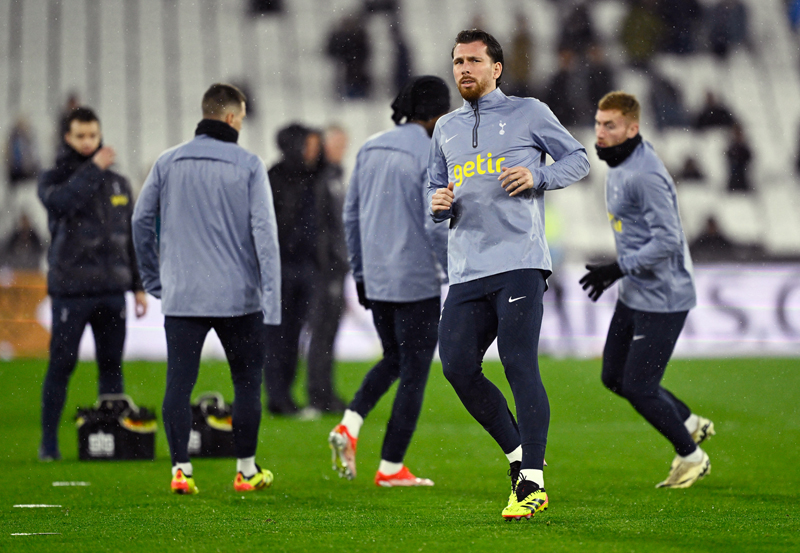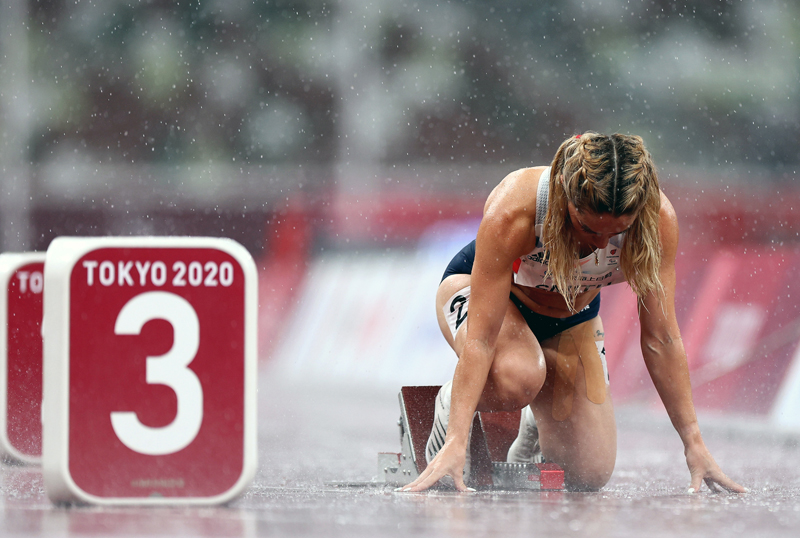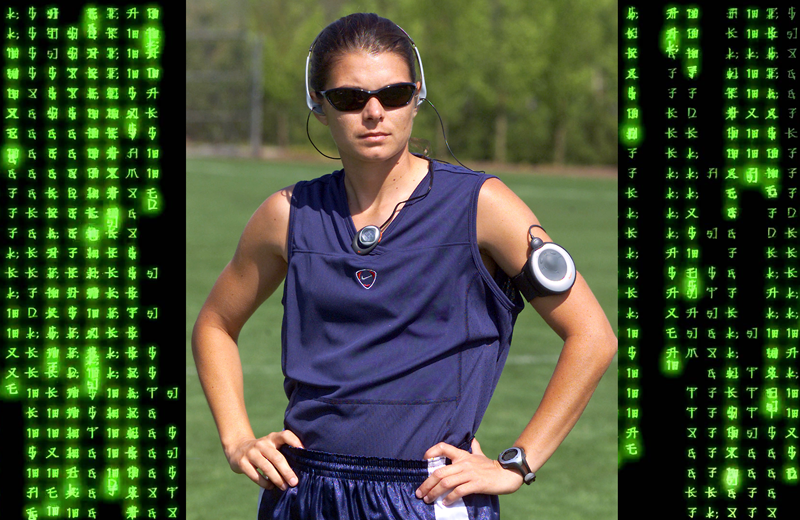Offering verbal encouragement to athletes attempting maximal effort is entirely instinctive. Indeed it is almost impossible to imagine a situation in which coaches, parents, fellow athletes and friends would stand silent on the sidelines, instead of shouting out such original motivators as: ‘keep it going’, ‘go for it’, ‘push it’ and other such statements.
They explain: ‘Although the use of encouraging statements is a ubiquitous feature of maximal exercise testing, few studies have examined the effects of frequency of encouragement on exercise performance. Those that have…have not provided sufficient procedural details to evaluate these effects. Furthermore, no study has systematically varied the frequency of verbal encouragement. The aim of this study was to determine the effects of frequency of verbal encouragement on exercise performance.’
A group of 28 students from B100msburg University of Pennsylvania (12 men and 16 women) performed a treadmill test designed to elicit a maximal effort in less than 12 minutes without any verbal encouragement. At the end of each three-minute exercise stage, ratings of perceived exertion (RPE) were recorded and blood samples taken. The test ended when the participant either attained Vo2max or became exhausted.
The participants were then placed into one of four experimental groups, each matched for overall fitness, and performed a second exercise one week later.
During this test, the control group received no verbal encouragement at all, while the other three groups received verbal encouragement ever 20, 60 and 180 seconds respectively, beginning with stage 3 of the exercise test – i.e. after six minutes.
For each group, comparisons were made between the two tests for key variables, including relative VO2max, exercise time, blood lactate concentration, respiratory exchange ratio (RER) and ratings of perceived exertion (RPE), with the following results:
- There were no significant differences between one test and the other for the control group (no verbal encouragement) and the 180E group (infrequent encouragement);
- The second test values of the 60E group were significantly higher than their first test values for relative VO2max, blood lactate concentration, RER and RPE;
- The second test values of the 20E group were significantly higher on all these measures and also for exercise time.
‘Our results clearly show that verbal encouragement intended to increase a person’s maximal effort has profound effects on performance.’
But what were the psychological mechanisms behind this increased maximal effort. The researchers, who can only speculate, offer several possible explanations:
- Talking to the participants might have distracted them from the discomfort of the test and made it less ‘aversive’ (the so-called dissociative strategy);
- Some of the encouragement statements (e.g. ‘Excellent!’ and ‘Good job!’ can be seen as ‘positive reinforcers’, helping to maintain the running response;
- Others (e.g. ‘Come on!’, ‘Keep it up!’ and ‘Let’s go!’ resembled instructional commands, which might lead to greater response effort since most people have a history of following instructions;
- Some of the statements might have acted as ‘establishing operations’, increasing the value of the stimuli that reinforce running on the treadmill (i.e. achieving a competitive goal, looking good, avoiding failure).
J Sports Sci 2002 Apr 20(4) 345-52









